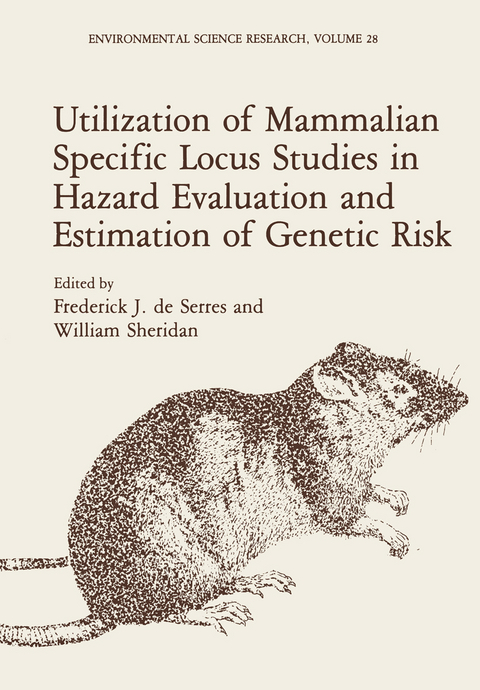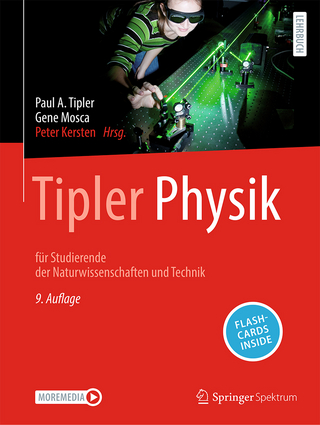
Utilization of Mammalian Specific Locus Studies in Hazard Evaluation and Estimation of Genetic Risk
Springer-Verlag New York Inc.
978-1-4613-3741-6 (ISBN)
Session I. Introduction.- How Much Progress this Time?.- Session II. Detection of Specific Locus Mutations in Somatic Cells.- Human Mutagenicity Monitoring: Studies with 6-Thioguanine Resistant Lymphocytes.- Detection of Somatic Mutants of Hemoglobin.- Counting of RBC Variants Using Rapid Flow Techniques.- Biochemical Approaches to Monitoring Human Populations for Germinal Mutation Rates: II. Enzyme Deficiency Variants as a Component of the Estimated Genetic Risk.- Session III. Human Monitoring — Detection of Specific Locus Mutations in Germ Cells.- Biochemical Approaches to Monitoring Human Populations for Germinal Mutation Rates: I. Electrophoresis.- Session IV. Utilization of Model Systems in Mice: Part I.- The Detection of ENU-Induced Mutants in Mice by Electrophoresis and The Problem of Evaluating the Mutation Rate Increase.- Relation of Mouse Specific Locus Tests to Other Mutagenicity Tests and to Risk Estimation.- The Detection of Induced Recessive Lethal Mutations in Mice.- Session V. Utilization of Model Systems in Mice: Part II.- Using Inversions to Detect and Study Recessive Lethals and Detrimentals in Mice.- Cataracts — Indicators for Dominant Mutations in Mice and Man.- Applications in Genetic Risk Estimation of Data on the Induction of Dominant Skeletal Mutations in Mice.- Detection of Enzyme Activity Variants in Mice.- Some Factors Affecting the Mutagenic Response of Mouse Germ Cells to Chemicals.- Session VI. Detailed Analysis of Specific Locus Mutations.- Qualitative Analysis of Mouse Specific-Locus Mutations: Information on Genetic Organization, Gene Expression, and the Chromosomal Nature of Induced Lesions.- Developmental Genetics of Specific Locus Mutations.- Dominant and Recessive Effects of Electrophoretically Detected Specific LocusMutations.- Session VII. Future Directions.- Some Ideas on Future Test Systems.- Problems in Extrapolation of Animal Data to Humans.- Specific Locus Mutations in the Monitoring of Human Populations for Genetic Damage.- Some Research Needs to Support Mutagenicity Risk Assessments from Whole Mammal Studies.- Contributors.
| Reihe/Serie | Environmental Science Research ; 28 |
|---|---|
| Zusatzinfo | 341 p. |
| Verlagsort | New York, NY |
| Sprache | englisch |
| Maße | 170 x 244 mm |
| Themenwelt | Medizin / Pharmazie ► Medizinische Fachgebiete |
| Naturwissenschaften ► Physik / Astronomie ► Allgemeines / Lexika | |
| ISBN-10 | 1-4613-3741-0 / 1461337410 |
| ISBN-13 | 978-1-4613-3741-6 / 9781461337416 |
| Zustand | Neuware |
| Haben Sie eine Frage zum Produkt? |
aus dem Bereich


